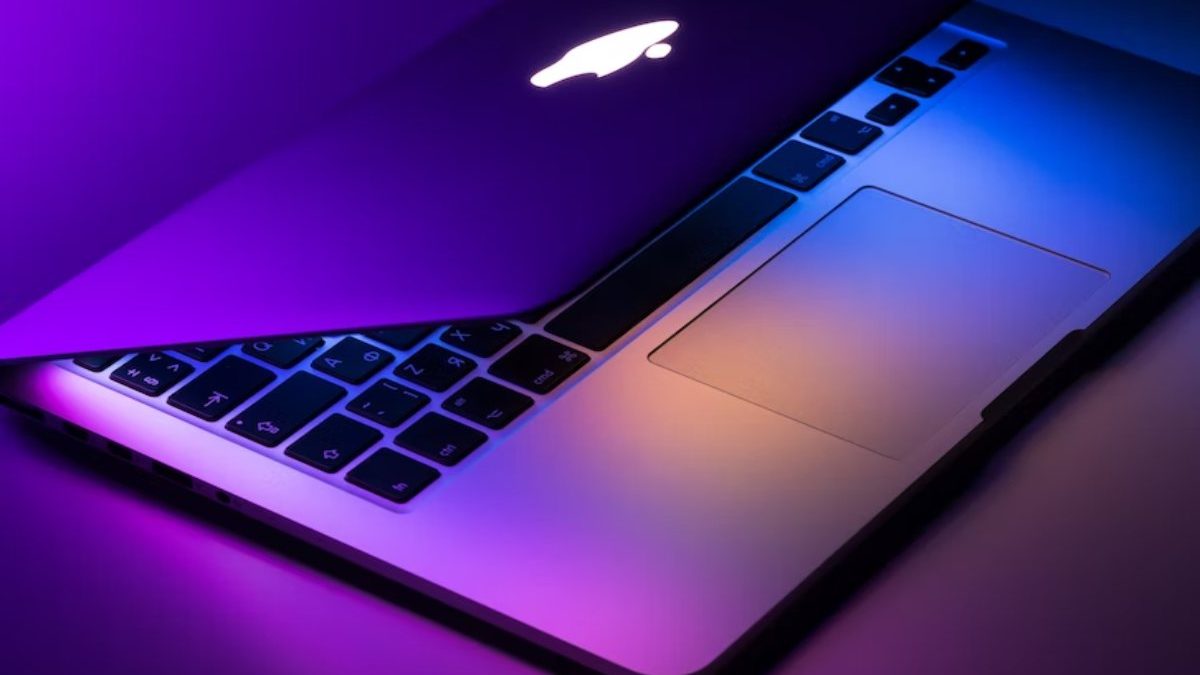New Mac book lagging- There’s nothing worse here than a new mac is lagging. You might expect an older Mac to get stuck at some point, but nothing is more frustrating when you encounter this problem on a newer computer.
Don’t go back to the Apple Store just yet; Let’s see if you can restore your Mac’s troubleshooting speed.
Table of Contents
Why is my new New Mac book lagging?
Most five common reasons why New Mac book lagging
- Lack of free space on your hard drive
- Too many resource-hungry apps running
- Lack of RAM
- Malware
- Outdated Software
Steps To Check Why Mac Book Is Lagging
Step 1- Check your storage space
Depending on the storage options you chose when you bought your Mac, available storage space could be why your new Mac is running slowly.
Check This is like – Choose Apple menu > About This Mac > Storage and If you find that the available storage space is a bit limited, this could be the reason why your new MacBook is running slow. There are certain things we can do.
STEP 2- Limit The Number Of Apps Consecutively Background
Although your Mac is a influential machine, there are limits to how much it can handle at once. Running too many applications at once can slow down your system.
To help your Mac speed up, make sure there aren’t any useless apps running in the background. You can use your base to do a quick check. Open apps have a small dot next to their icon. Right click on each active application and then select Quit.
Step 3- Manage Login Items At Startup
Macs are set to automatically start certain apps when you sign in. This is to help you get started with your tasks as soon as you turn on the device. If your Mac automatically starts too many apps, what’s supposed to be a time saver could be slowing down your computer. Take control by managing your login items.
Follow these easy steps:
Go to the Apple icon.
Click System Settings.
Next Click Users and Groups.
Click the lock icon at the lowest left of the screen.
In the pop-up window provided, enter your username and password.
Press Unlock.
Click on your username on the left side of the screen.
Click Login Options.
Select the Login Items tab.
Check the box under Hide next to the apps you don’t want to start automatically when you turn on your Mac.
Click the lock icon to check your decision.
Step 4- Clean your hard drive
If you have less disc space then it is important to clean up your hard drive even if it is time consuming process.
Some of the things you need to consider:
- Delete old or large files
- Empty your trash
- Clean up your desktop
- Empty your Downloads folder
Step 5- Optimize your storage
If space was an issue, consider optimizing your storage in the future. Use Apple’s built-in memory optimization feature to get started; this is like:
- Choose Apple menu > About This Mac > Storage > Manage Storage.
Click the Recommendations section in the left sidebar and check out four tips to optimize your Mac’s storage. These are all easy to follow.
Step 6- Delete unused apps
Storage space is valuable, so don’t waste it by storing apps you no longer need. How to remove them:
- Open a Finder window; In the top menu, select Go > Applications.
- Browse all your apps; You can even sort apps by size.
- Right-click on any app and select Move to Trash.
Step 7 -Update your program
If your new Mac is slow, you should check for system updates. It sounds a bit obvious, but it’s always worth checking out, and it only takes a second. This is like:
- Apple menu > System Preferences > Software Update.
If you are waiting for an update, follow the instructions on the screen. Running the latest software helps keep your Mac running at its best.
Remove browser extension lead
There’s no rejecting that our browser friends can be absolute resource hogs. You should check your browser if your new MacBook Pro is running slow.
Your Mac will slow down if you have many extensions and active windows. The answer is to remove all unnecessary extensions; this is like:
Remove extensions from Chrome
- Start Chrome.
- click the three-dot icon > More tools > Extensions.
Here you can see all your extensions and plugins installed in your browser. If you don’t recognize or use them, remove them by clicking Remove.
Remove extensions from Safari
- Start Safari.
- On the top menu, tap Safari > Preferences.
- Select the Extensions tab and remove the extensions you don’t need.

